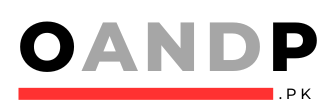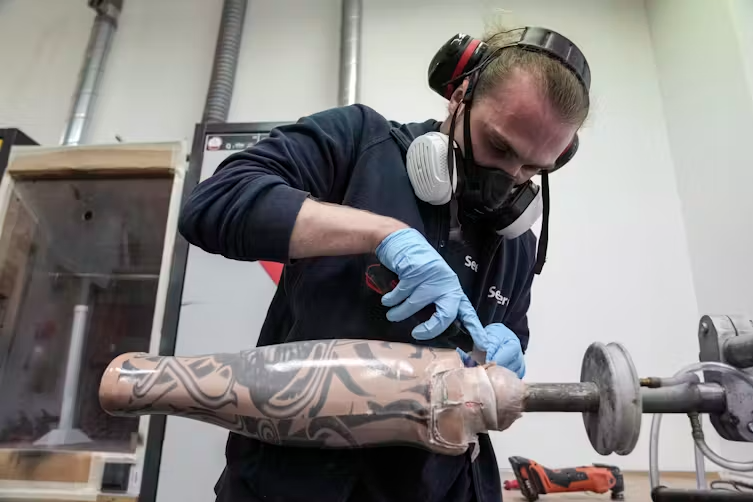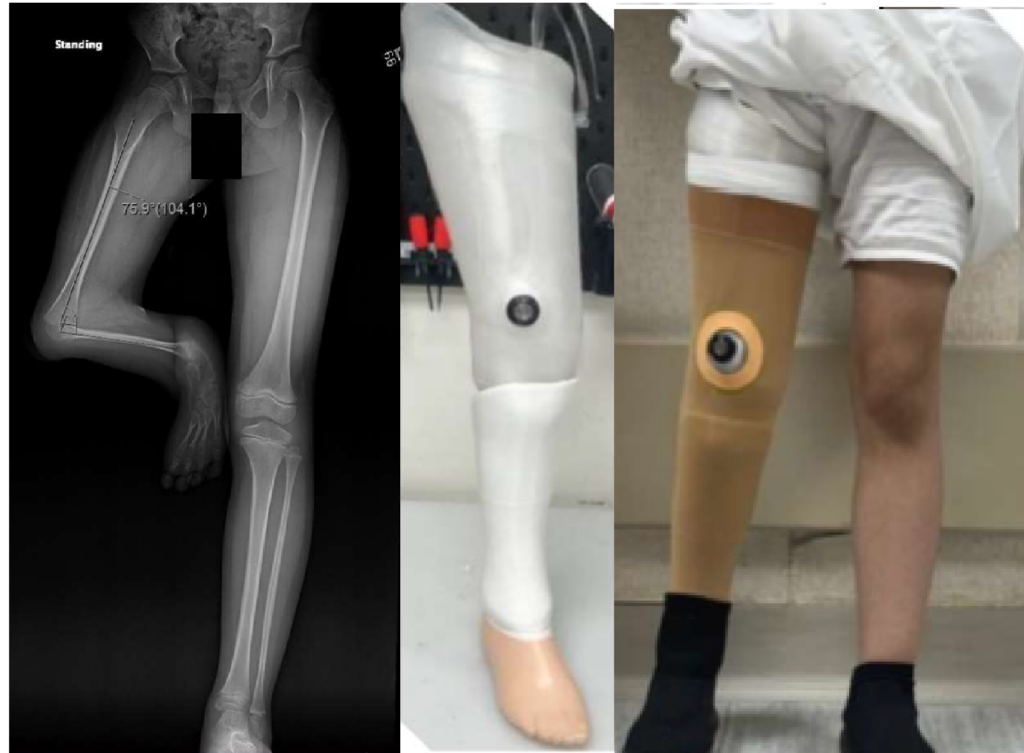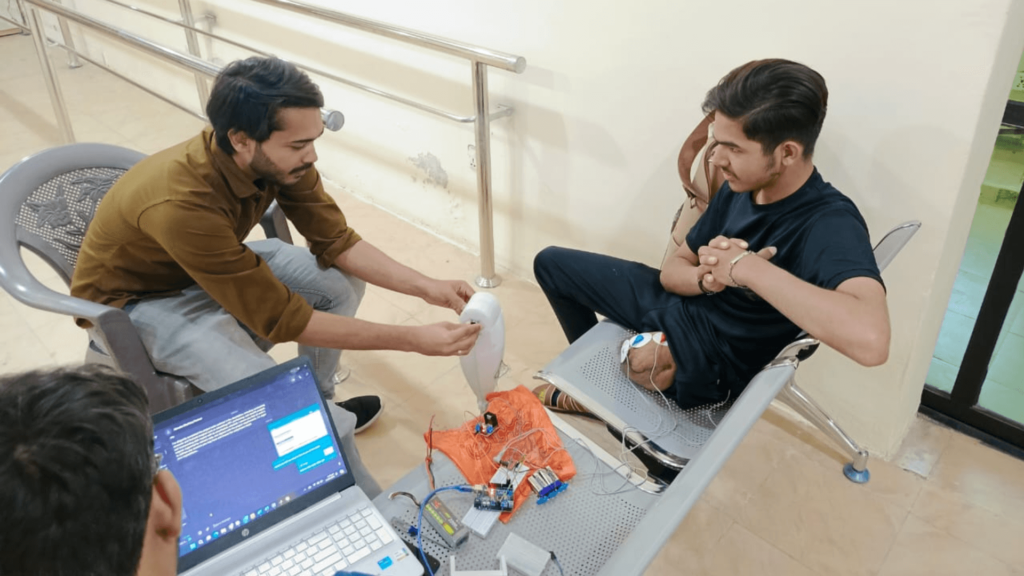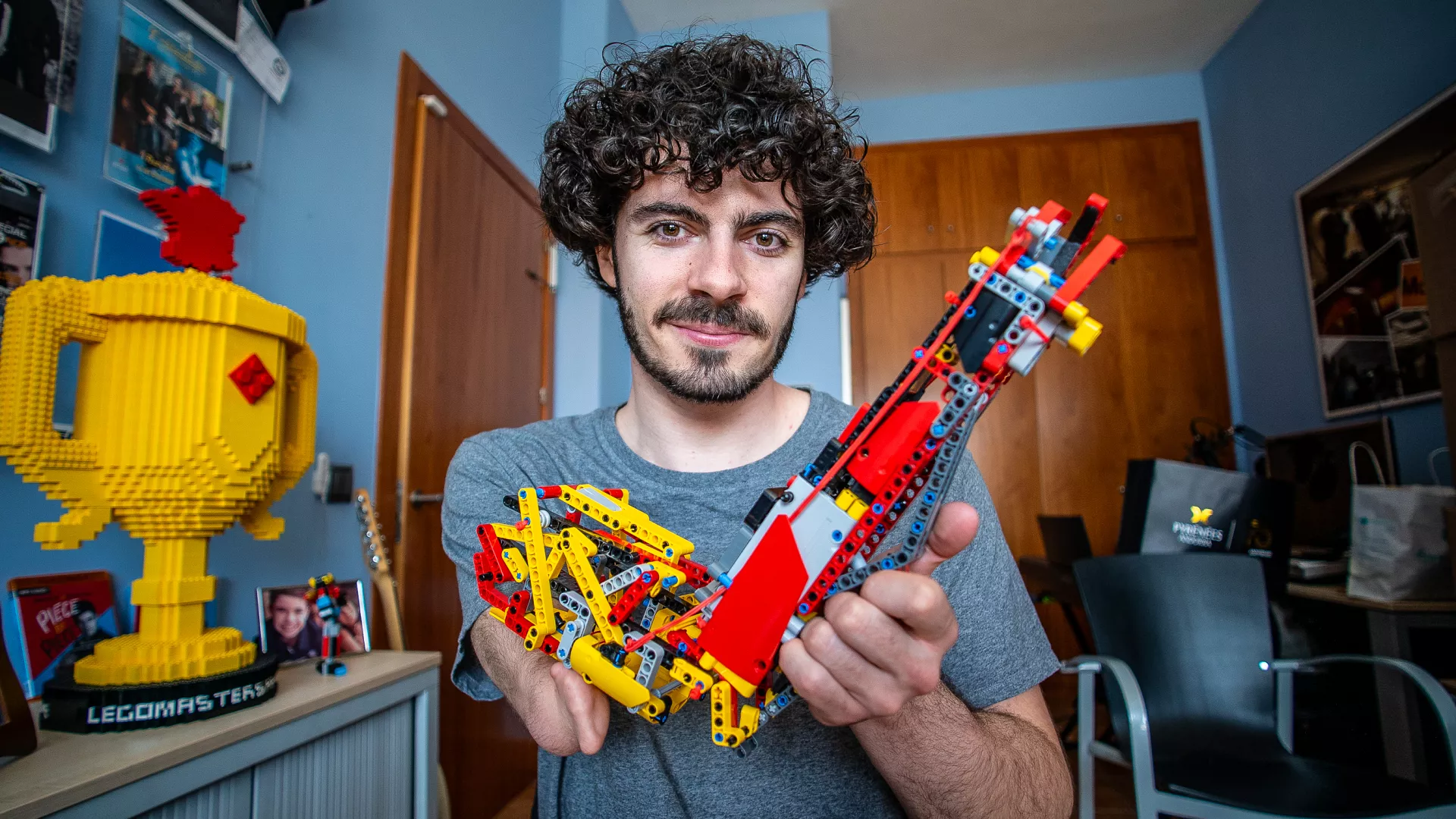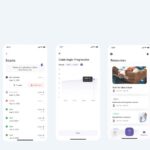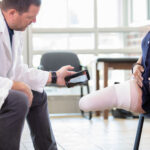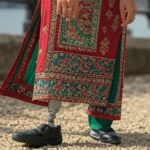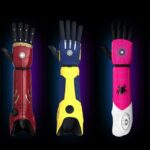The Paralympic Games bring to the forefront the role of technology in facilitating access to professional sports for people with amputations. Images of athletes using so-called running blades make us believe in the triumph of technological advances and the union of humans and technology.
Representations of Paralympians often deliberately emphasize futuristic ‘cyborg-like’ bodies, presented as the ultimate body: more perfect, more efficient and faster than organic human bodies.
What these images fail to do is raise questions about what access to prosthetic technology for everyday use looks like. For many people with limb loss, the reality of securing far less technologically advanced prosthesis is much more mundane.
Role of prosthetic technology
After the First World War, prosthesis began to be perceived as one of the most urgent national projects for many countries, which had tremendous numbers of physically injured and disabled soldiers and civilians following the war.
The role of prosthetic devices in the lives of people with limb loss cannot be overestimated. Assistive products are a means to participate in important areas of life, to express full citizenship, and to participate in community life and in wider society on an equal footing with others.
A prosthetic device alone cannot solve issues like chronic pain and skin problems that affect people with limb loss, but better access to a more functional prosthesis and its components improves their quality of life.
For individuals who rely heavily on their prosthesis for daily functioning (for example, those whose jobs require prolonged standing, walking and other mobility-related activities), a fear of damaging their prosthesis, and delays in repairs, can significantly hamper their activities and participation.
UNCRPD and assistive technology
The United Nations Convention on the Rights of Persons with Disabilities (UNCRPD) has two articles relevant to the issue of access to assistive technology, including the prosthetic devices.
Article 20 Personal Mobility obliges states to take effective measures to ensure personal mobility with the greatest possible independence for persons with disabilities. Article 26 Habilitation and Rehabilitation obliges states to promote the availability, knowledge and use of assistive devices and technologies.
Despite the ratification of the UNCRPD, Canada still has a lot of work to do on delivering equitable access to assistive technology.
Current system
Acquiring prosthetic limbs can be challenging for patients. A major barrier is the high costs of these devices, which include the prosthetic components, the entire prosthetic treatment process, repairs of the limb and eventual replacements.
In general, funding for prosthetic devices can come from federal or provincial programs (including workers insurance for work-related injury, vehicle insurance), private health insurance plans, philanthropic organizations such as The War Amps of Canada or a combination of these sources.
Often, a part of the cost is covered by a patient’s personal resources or through individual fundraising campaigns.
Systemic challenges
People might have the same level of limb loss, but their funding journeys and the coverage for prosthetic devices will vary greatly. For example, someone injured at work will have a better coverage than someone who lost their limb as a result of a medical condition.

In addition, funders are still relying on the medical model of disability that limits access to prosthetic devices to the idea of “basic function,” which leaves a lot of room for interpretation on the part of adjudicators who do not have a deep understanding of the individual needs and preferences.
As well, the definition may not match aspirations. In other words, if a person with a limb loss is interested in exploring a new activity that they have no previous experience engaging in, it is very unlikely that type of prosthesis will fit under the definition of “basic need.”
Considering the excellence we associate with Paralympic athletes, the basic function benchmark used to determine eligibility for prosthesis is problematic. It suggests that people who do not want or cannot be athletes — but want to and engage in activities including parenting, recreation and employment — are scrutinized if they became amputees recently, and again every time they need to replace their prosthesis or its parts due to wear and tear.
Advocacy
The War Amps, a non-profit organization that advocates for the rights of persons with limb loss and provides financial assistance to amputees for their artificial limbs, aims to improve the standards of funding for artificial limbs. The end goal is to improve the system so that amputees are able to receive the limbs they need for their independence, safety and security.
In alignment with the UN’s CRPD, provincial governments responsible for the provision of health-care services need to view access to prosthetic technology as a human right.
As long as the funders of the prosthetic devices are not aligned on their approach, and as long as they rely on an outdated idea of basic functioning, people with limb loss will continue seeing the disconnect between the promises of prosthetic technology and the reality of their access to it.
Discussion of equitable access to prosthetic technology is closely connected to access to assistive technologies more broadly. States need to develop and implement contextually relevant assistive technology policies and programs. As well, it is important to develop consistent policies and standards while prioritizing the needs of the individual.
According to the World Health Organization, a national strategy and plan of action to progressively improve access to assistive technology is needed to ensure that no one is left behind irrespective of age, gender or functional difficulty.
Such a strategy needs to be developed in co-ordination with health, education, labour and social services, and in consultation with the users and their families, professional groups, NGOs and the private sector.![]()
Alfiya Battalova, Assistant Professor in Justice Studies, Royal Roads University; Brittany Pousett, PhD Student, Rehabilitation Sciences, University of British Columbia; Kassi Welch, PhD Student, Kinesiology, University of British Columbia, and William C. Miller, Professor, Department of Occupational Science and Occupational Therapy, University of British Columbia
This article is republished from The Conversation under a Creative Commons license. Read the original article.
